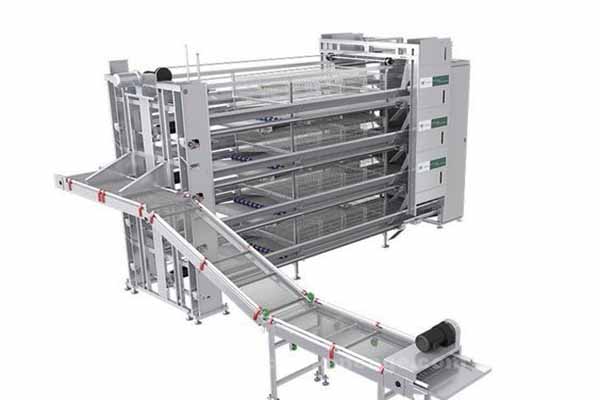What is the Difference Between A-Type and H-Type Cages?
In the poultry industry, the choice of cage for raising chickens is a crucial decision that affects both the health and productivity of the birds. Two popular types of cages are the A-type and H-type. But what exactly sets them apart? In this article, we will explore the differences between these two cage types, providing insights for both experts and poultry farm owners.
A-Type Cages
A-type cages, also known as flat cages, are the traditional choice for many chicken farmers. These cages are designed with two levels, allowing farmers to house more chickens per square meter. The advantages of A-type cages include:
– Space Efficiency: A-type cages can accommodate a higher number of chickens in a smaller space, making them cost-effective for large-scale farms.
– Easy Cleaning: The flat design of A-type cages simplifies cleaning and maintenance, reducing the risk of disease.
– Cost-Effective: They are generally more affordable compared to H-type cages.
However, there are some drawbacks to consider:
– Limited Movement: The flat design restricts the chickens’ movement, which can lead to less exercise and potential health issues.
– Limited Ventilation: The two-level design may result in poor ventilation, which can affect the chickens’ respiratory health.
H-Type Cages
H-type cages, also known as multi-tiered cages, are a newer alternative in the poultry industry. These cages provide each chicken with more space and better ventilation. The benefits of H-type cages include:
– Increased Space: H-type cages offer more space per chicken, allowing for greater movement and exercise.
– Improved Ventilation: The multi-tiered design ensures better air circulation, reducing the risk of respiratory diseases.
– Enhanced Comfort: The additional space and better ventilation contribute to a more comfortable living environment for the chickens.
Despite these advantages, there are a few considerations to keep in mind:
– Higher Cost: H-type cages are generally more expensive to purchase and install compared to A-type cages.
– Complex Maintenance: The multi-tiered design can make cleaning and maintenance more challenging.
Conclusion
Choosing between A-type and H-type cages depends on several factors, including your farm’s size, budget, and the specific needs of your chickens. At Livi Machinery, we offer a wide range of high-quality chicken equipment and services to help you make the best decision for your farm.
Are you looking for the perfect cage solution for your poultry farm? Contact us today for more information on our products and services!

